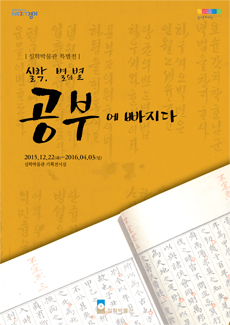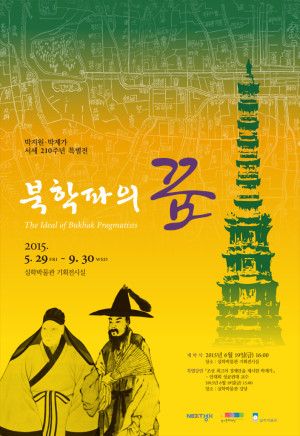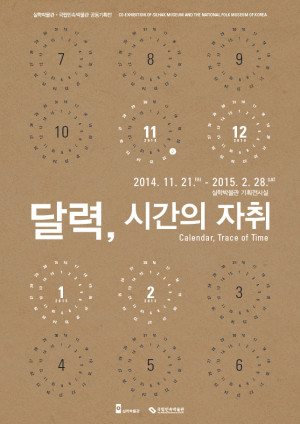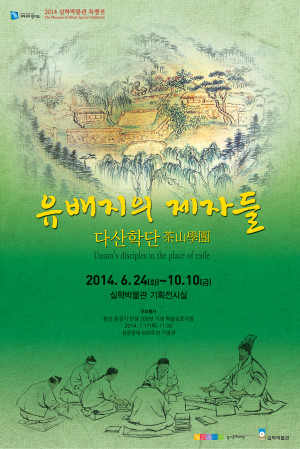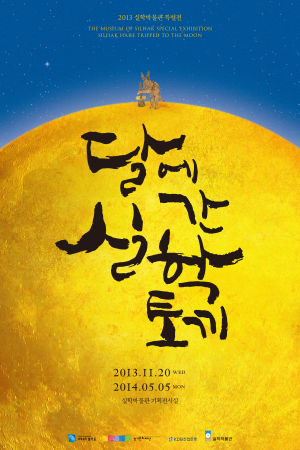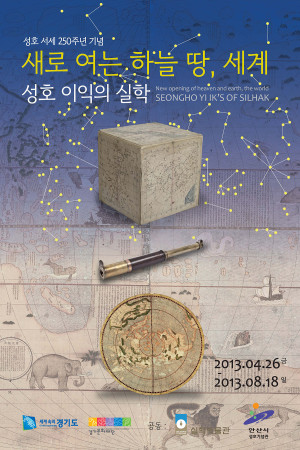Special Exhibit
-
Silhak, Immersed in All Sorts of Studies Close
- Period/ 2015.12.22(Tue) ~ 2016.04.03(Sun)
This exhibition examined how we study in our times and the value of future education by examining how silhak scholars studied, which opens our eyes to studying.
-
Northern School’s Dream Close
- Period/ 2015.05.29(Fri) ~ 2015.09.30(Wed)
Hanyang (Seoul) in the 18th century was a city where the commodity economy and monetary economy developed due to the increase of population and gradual development of commerce and industry. The Northern School is a group of silhak scholars who dreamed to reform and develop Joseon by fully embracing Western civilization through China as well as the advanced image of China as reality required changes. They were also called the Baektap School as they were mercantilist silhak scholars who advocated economic enrichment centering on Yeonam Park Ji-won and lived in Tap-dong. This is a special exhibition that examined the activities of the new intellectuals of Seoul such as Park Ji-won and Park Je-ga inside and outside of the country.
-
CALENDAR, TRACE OF TIME Close
- Period/ 2014.11.21(Fri) ~ 2015.02.28(Sat)
The special exhibition Calendar, Trace of Time was jointly organized by the National Folklore Museum of Korea, the Gyeonggi Cultural Foundation and the Museum of Silhak. It was planned to determine the change of the calendar, a daily necessity, through human history. The calendar, a daily necessity, was an astronomical science book containing the best science and culture of the Joseon period. The exhibition drew substantial attention from audiences by collecting important calendars in one place, including Daetongnyeok(Treasure No. 1319) for the Gyeongjin year, which is the oldest calendar, Daetongnyeok(Treasure No. 160) used by Seoae Ryu Seong-ryong(1542∼1607) and Myeongsiryeok during the Korean Empire period, when the solar calendar replaced the lunar calendar.
-
Dasan’s disciples in the place of exile Close
- Period/ 2014.06.24(Tue) ~ 2014.10.10(Fri)
This exhibition introduced Dasan Jeong Yak-yong’s life in exile in Gangjin and the disciples he met there. It focused on how 《Yeoyudang Jeonseo》 was compiled through these disciples who are later referred to as ‘Dasan Hakdan.’
-
Silhak Rabbit that Went to the Moon Close
- Period/ 2013.11.20(Wed) ~ 2014.05.05(Mon)
Part 1, ‘Myth and Moon’, introduces various moon related myths of Korea including the Moon Rabbit Myth and Parallel Sun and Moon Myth. Part 2, ‘Moon in Living and Folklore’, shows how the Parallel Sun and Moon Myth turned into the ‘Lunisolar Calendar’, and how closely our life is related with the moon. Part 3, ‘Moon in the World of Science’, shows how the moon in myths turned into a celestial body through the invention of the telescope. Particularly in Part 3, the exhibition reproduced the Armillary Clock, National Treasure No. 230, in a 3D image to help understanding of scientific cultural heritages which can sometimes be difficult to understand.
-
New Heaven, Earth, and World – Seongho Yi Ik’s Silhak Close
- Period/ 2013.04.26(Fri) ~ 2013.09.22(Sun)
This exhibition focused on the
part of his writing, 《Seongho Saseol》. It expressed the pragmatic and pioneering spirit of Yi Ik who understood and accepted the Western culture subjectively.




